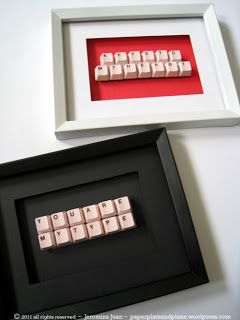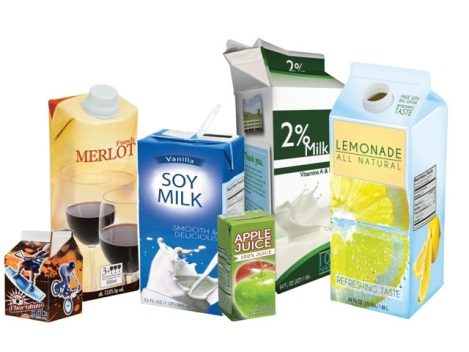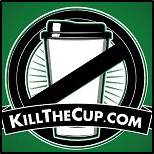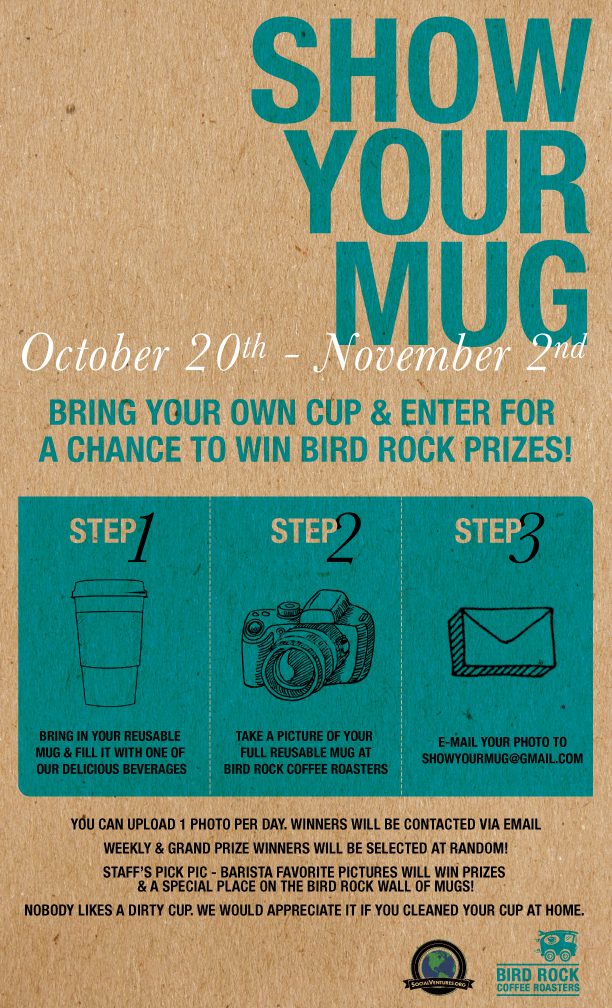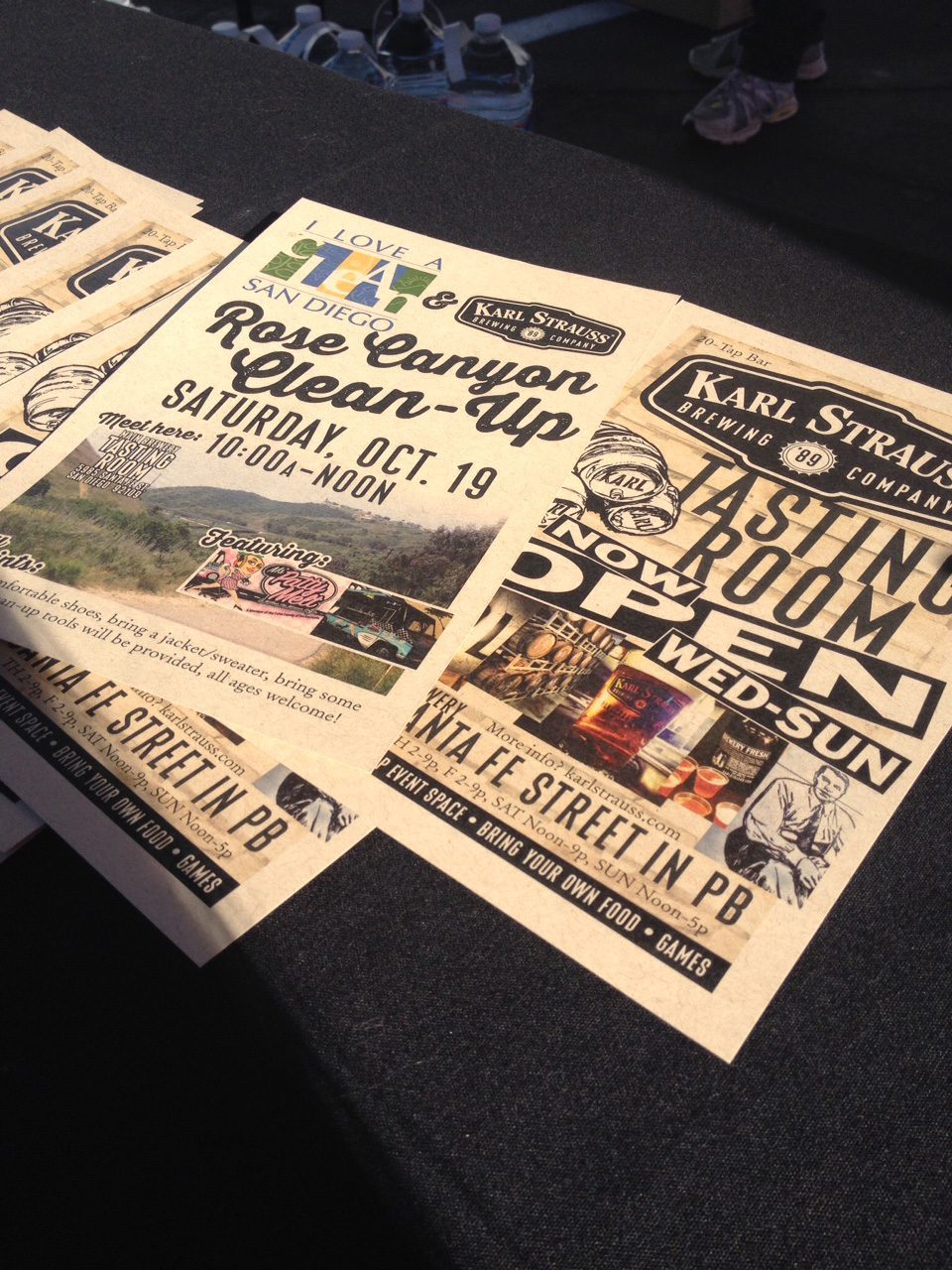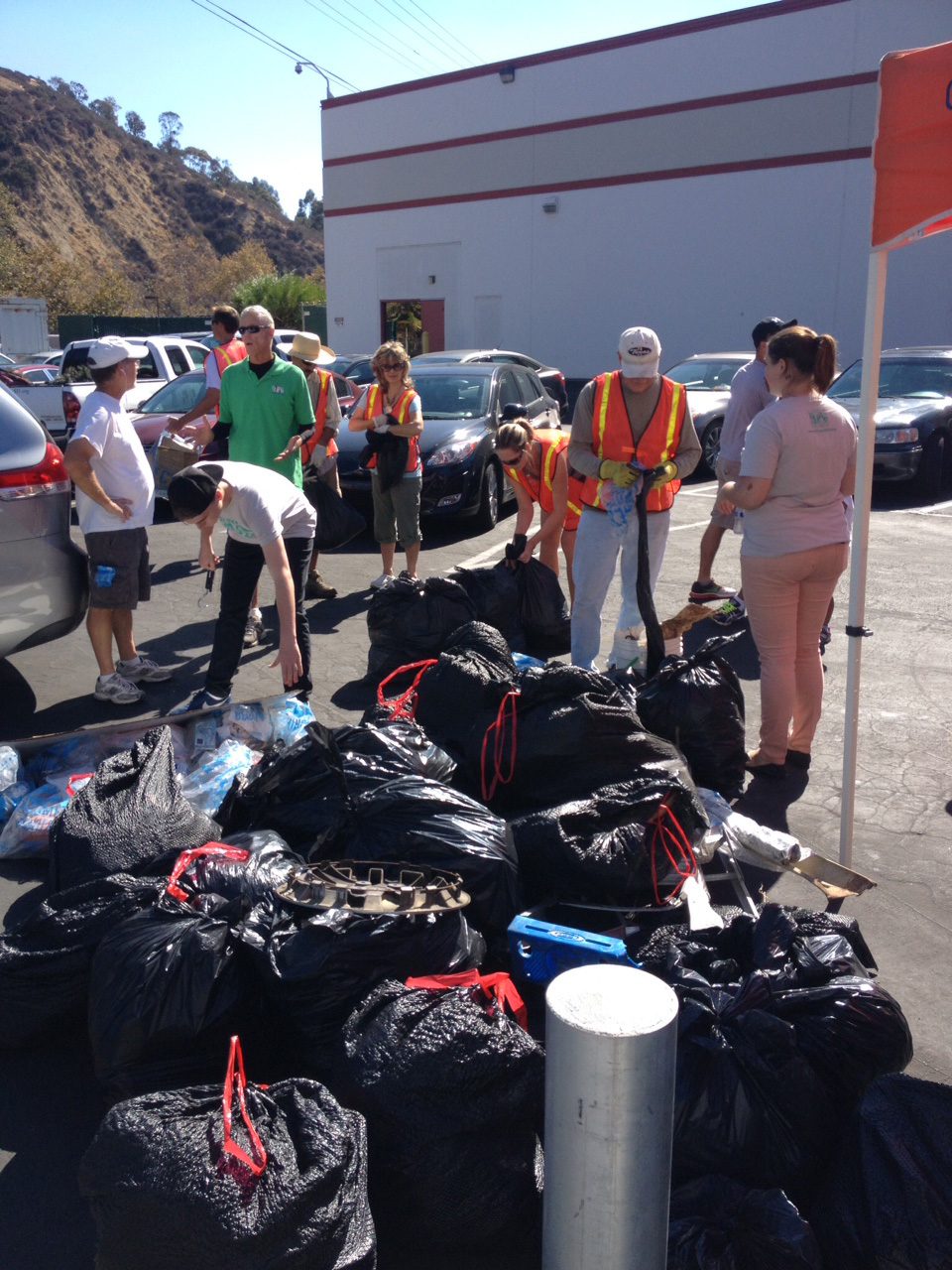Looking for a last minute Halloween costume? Look no further! Today’s blog comes from our Hotline Manager, Amanda, and she is here to help. Read more below about some of our favorite eco-friendly costumes from over the years! Who knows? Maybe you’ll be inspired!
ILACSD staff love Halloween and the chance to get imaginative! I’ve rounded up some of my favorite staff costumes for you to enjoy, highlighting how easy it can be to avoid those big box stores to make your own costume. Here are my top five costume creations from years past, in no particular order of course. Watch out for this year’s staff picture on our Facebook on Friday the 31st!
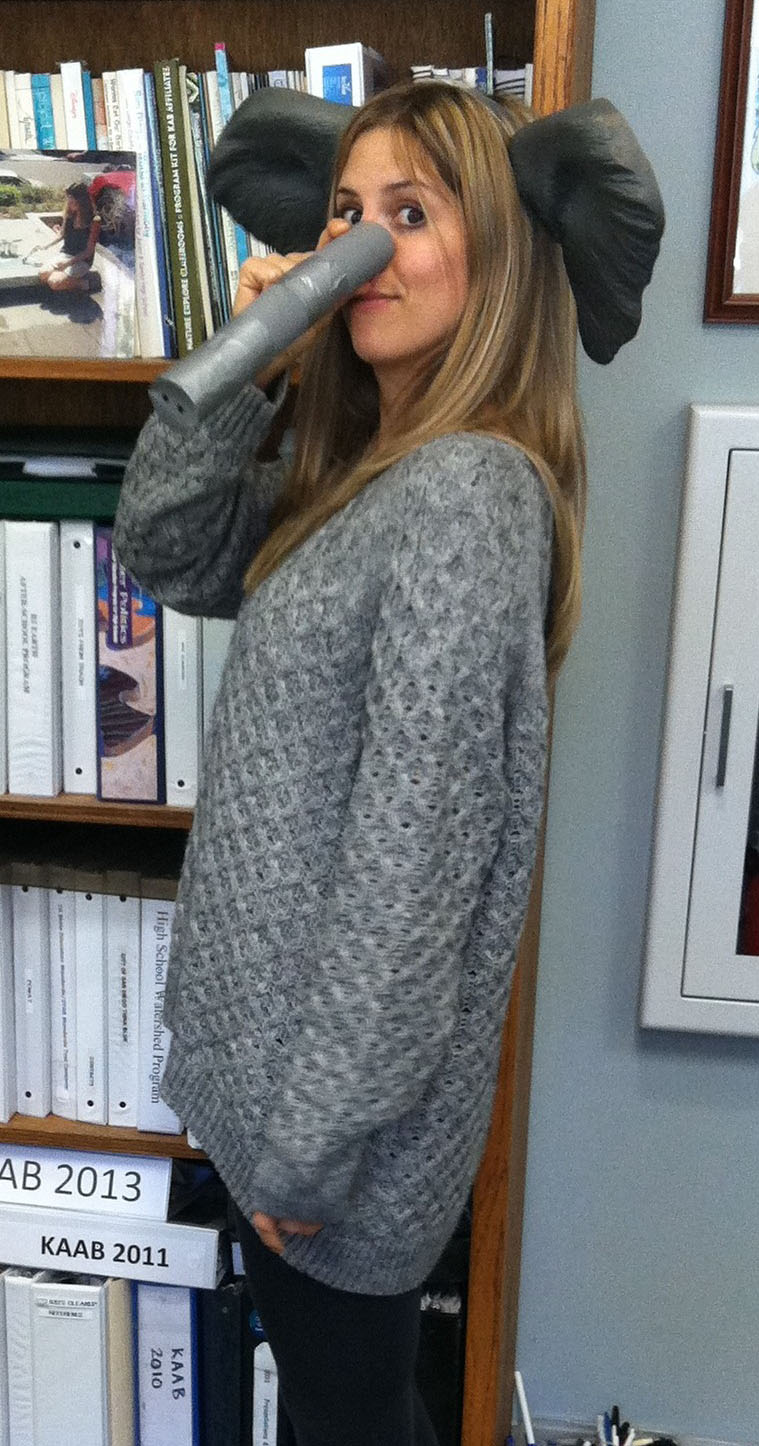
Environmental Educator, Monica, was an adorable elephant last year. She already had the pants and sweater, and made the trunk from an empty paper towel roll. The only item she had to buy was a set of elephant ears that can be used again in the future.
- Reusable elephant ears
- Recyclable paper towel roll trunk
- Preexisting sweater & leggings!
- Approximate cost – less than $5
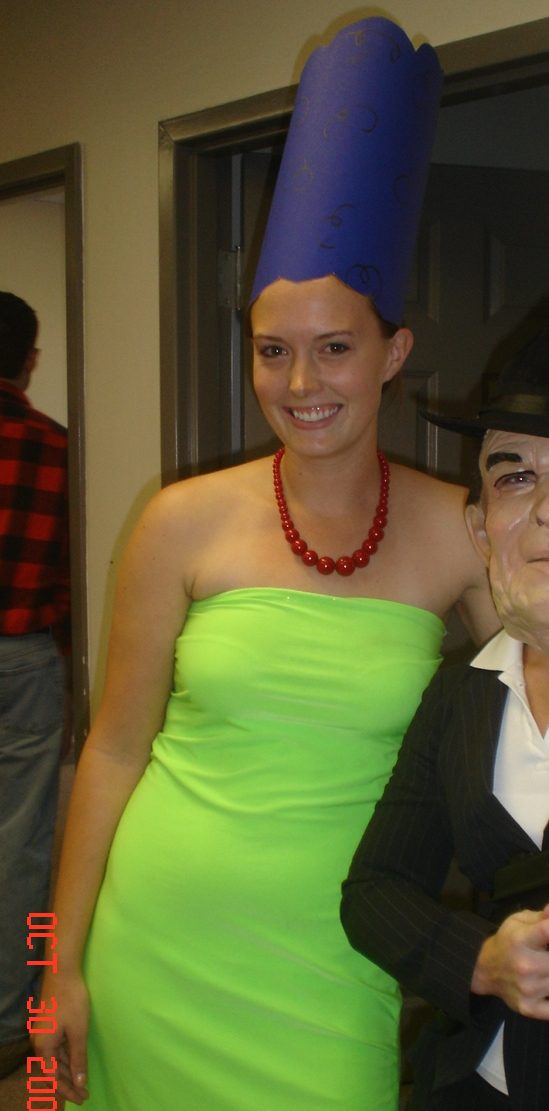
Director of Community Events, Natalie, as Marge Simpson back in 2007 was pretty awesome don’t you think? All you need to do is find a green dress at a thrift store (or use one you already have) and craft some blue hair out of paper, using an empty 2-liter soda bottle in the middle for structure. And don’t forget to recycle your hair at the end of the day!
- Recyclable hair made of construction paper and 2 liter bottle
- Preexisting dress
- Approximate cost – less than $2
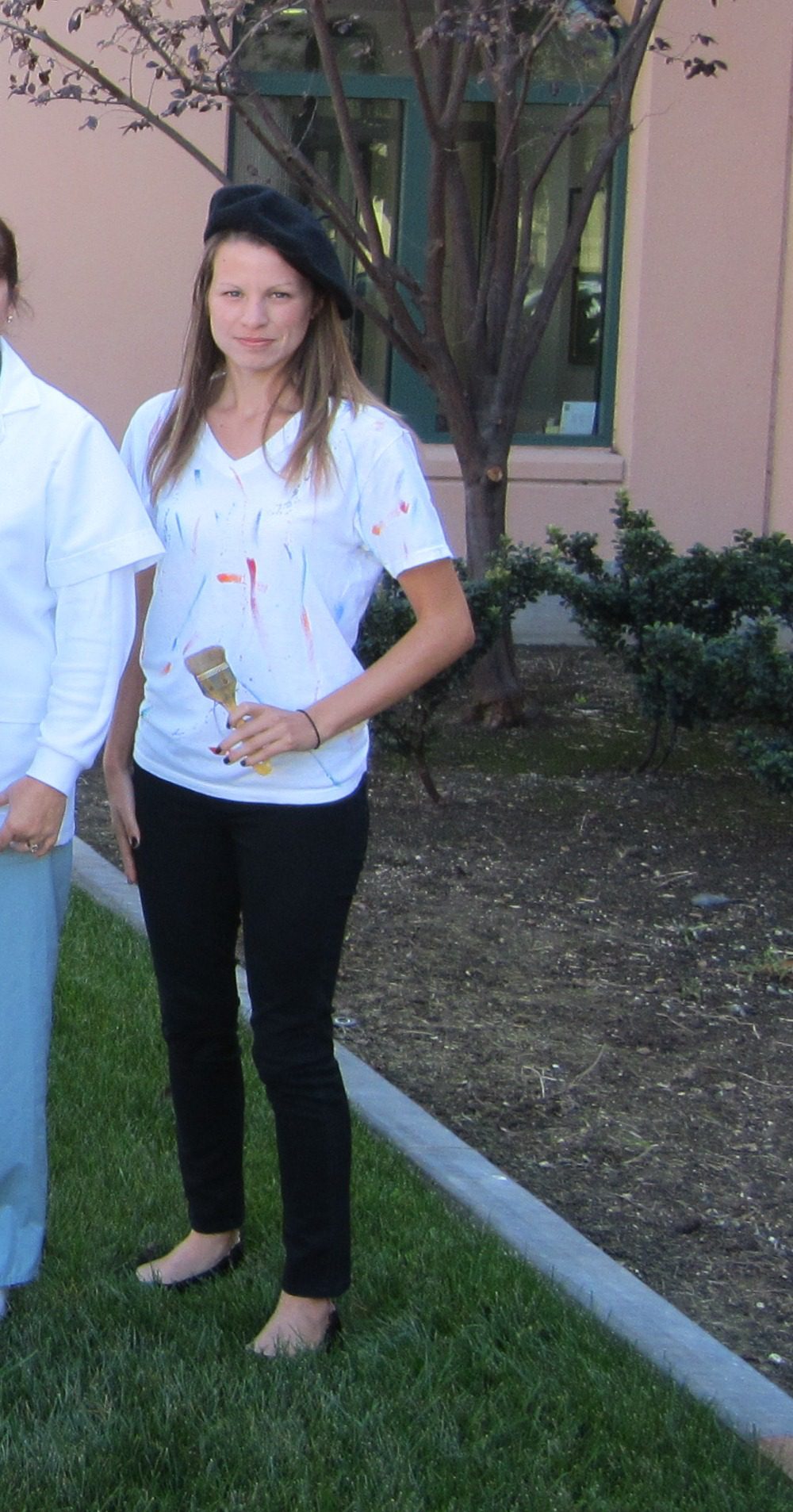
Hotline Program Assistant, Barbara, put together a marvelous costume from items that were around her home. She already owned her beret, and she borrowed a t-shirt and paint brush from family members. A splash of paint and voila! A French painter.
- Preexisting beret
- Borrowed shirt & paint brush
- Approximate cost – $0!
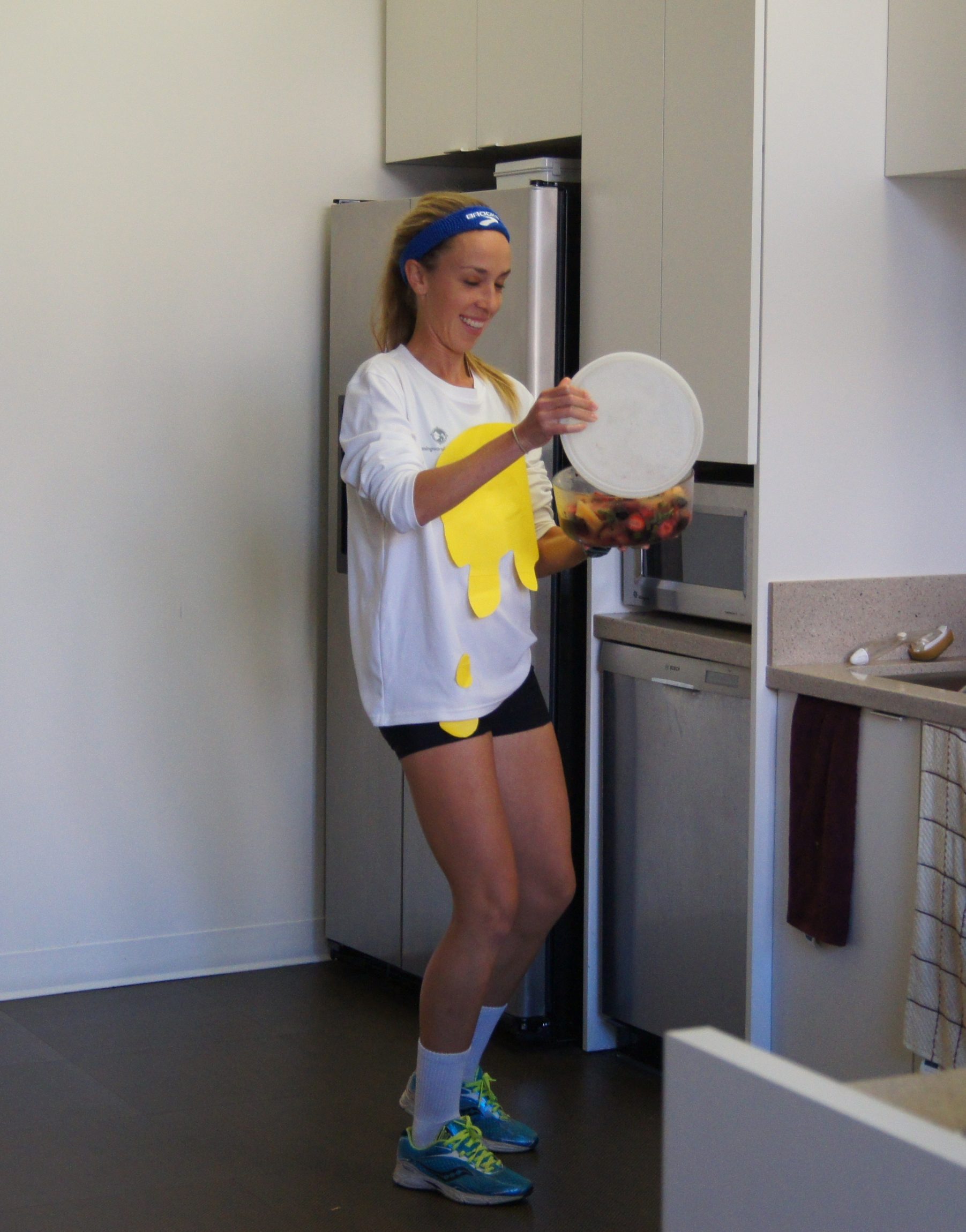
Community Events Coordinator, Lexi , loves a good pun. Here she is as a runny egg – get it?! She wore running clothes she already owned, and cut out runny yolk pieces from yellow construction paper that she recycled at the end of the day.
- Preexisting running gear
- Recyclable construction paper
- Approximate cost – $0 – $1

Executive Director, Pauline, borrowed her Grecian goddess costume, reminding us that just because you wore a costume one year and are tired of it, doesn’t mean you should trash it! Save it and swap costumes with your friends the next year.
- Borrowed costume & accessories
- Approximate cost – $0!
Hopefully you got some good ideas for Halloween, and don’t forget to post your DIY and re-use costumes to our Facebook page!




